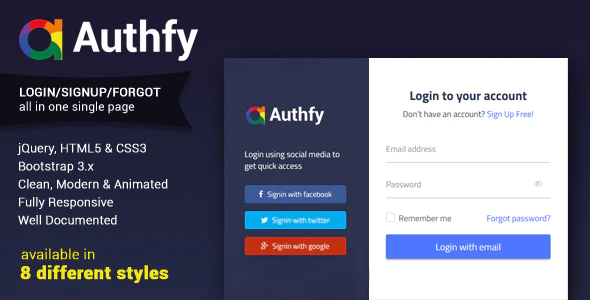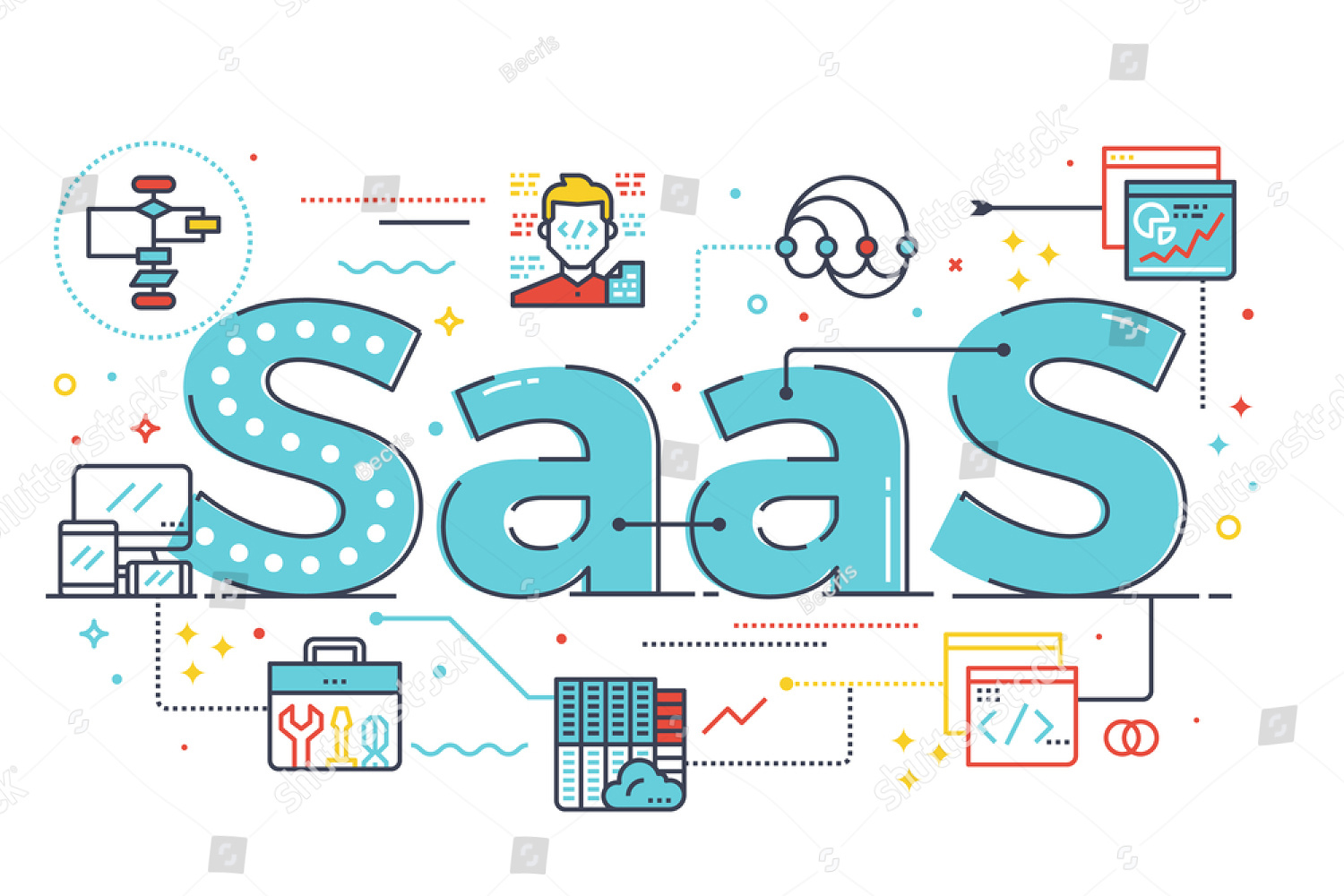Decoding the difference between IaaS PaaS and SaaS for Tech Enthusiasts!
In the ever-evolving landscape of technology, the future of business is being reshaped by the triumvirate of cloud computing: Infrastructure as a Service (IaaS), Platform as a Service (PaaS), and Software as a Service (SaaS). These three pillars are not just buzzwords but are fundamentally transforming industries worldwide, offering unprecedented scalability, flexibility, and efficiency. In this blog post, we’ll embark on a journey into the realms of IaaS PaaS and SaaS exploring how these technologies are propelling businesses into the future.

IaaS: Infrastructure as a Service
Infrastructure as a Service, or IaaS, is the backbone of modern tech infrastructure. Imagine having the power to scale your IT resources without the hassle of managing physical hardware. IaaS makes this dream a reality by providing virtualized computing resources over the internet. This not only reduces the need for on-premises hardware but also enables businesses to pay for only the resources they consume.
With IaaS, businesses can scale up or down based on their needs, fostering agility in a rapidly changing market. This is particularly advantageous for startups and small businesses that may not have the capital to invest in extensive hardware infrastructure. The democratization of computing resources has paved the way for innovation, allowing companies to focus on their core competencies rather than the complexities of maintaining and upgrading hardware.
Infrastructure as a Service (IaaS) provides virtualized computing resources over the internet. Here are various use cases for IaaS:
- Scalable Web Applications: IaaS allows businesses to scale their web applications easily by providing on-demand resources, such as virtual machines and storage, to handle varying workloads.
- Development and Testing Environments: IaaS enables the quick provisioning of development and testing environments, allowing teams to rapidly deploy, test, and iterate on applications without the need for physical hardware.
- Data Backup and Storage: IaaS offers scalable and cost-effective solutions for data backup and storage. Organizations can store large volumes of data securely in the cloud without the need to maintain their physical data centers.
- Disaster Recovery: IaaS provides a reliable platform for disaster recovery by replicating critical infrastructure components in the cloud. In the event of a disaster, businesses can quickly recover and resume operations.
- Big Data Processing: IaaS is suitable for big data analytics and processing, allowing organizations to efficiently handle large datasets without the need for significant upfront investments in hardware.
- Content Delivery Networks (CDN): IaaS providers offer distributed infrastructure for content delivery, improving the speed and reliability of delivering web content to users around the world through strategically located servers.
- High-Performance Computing (HPC): IaaS is used for high-performance computing tasks, such as scientific simulations, financial modeling, and engineering simulations, by providing access to powerful virtual machines and specialized hardware.
- Application Hosting: IaaS is used for hosting and running various applications, providing a scalable and flexible environment for deploying software without the need to manage the underlying hardware.
- Virtual Desktop Infrastructure (VDI): IaaS supports virtual desktop environments, enabling remote access to desktops and applications from various devices. This is useful for businesses with remote or distributed teams.
- Internet of Things (IoT) Infrastructure: IaaS supports the infrastructure requirements of IoT applications, providing the necessary computing power and storage to manage and process data generated by IoT devices.
- Hybrid Cloud Deployments: IaaS facilitates the implementation of hybrid cloud architectures, allowing organizations to integrate on-premises infrastructure with cloud resources, providing flexibility and scalability.
- Collaborative Development: Development teams can leverage IaaS for collaborative projects, enabling multiple developers to work on a project simultaneously by accessing shared virtualized development environments.
- Machine Learning and AI: IaaS is used for machine learning and artificial intelligence workloads, providing the computational power and storage required for training and deploying machine learning models.
- Compliance and Security: IaaS providers often implement robust security measures and compliance standards, making it a suitable choice for industries with strict regulatory requirements, such as healthcare and finance.
- Customized IT Solutions: Organizations can tailor their IT infrastructure to specific requirements, choosing the right combination of virtualized resources, operating systems, and software configurations based on their needs.
These use cases demonstrate the versatility and flexibility of IaaS in meeting the diverse infrastructure needs of businesses and organizations.
PaaS: Catalyzing Development Efforts
Platform as a Service, or PaaS, takes the evolution of business tech a step further by streamlining the application development process. Traditionally, developing and deploying applications required a significant investment in both time and resources. PaaS changes this paradigm by offering a comprehensive platform that includes development tools, infrastructure, and deployment capabilities.
PaaS accelerates the development lifecycle, allowing developers to concentrate on writing code and creating innovative solutions. The collaborative nature of PaaS fosters teamwork, enabling developers to work seamlessly across different geographical locations. This not only boosts productivity but also enhances the quality of the end product.
In essence, PaaS is the catalyst for digital transformation. It empowers businesses to embrace a DevOps culture, where development and operations teams collaborate closely to deliver continuous value. The ability to deploy applications rapidly and efficiently positions businesses to respond swiftly to market demands, gaining a competitive edge in the process.
Platform as a Service (PaaS) offers a cloud computing environment that provides a platform allowing customers to develop, run, and manage applications without dealing with the complexity of building and maintaining the underlying infrastructure. Here are several use cases for PaaS:
- Application Development and Deployment: PaaS provides tools and services that streamline the development process, allowing developers to focus on writing code rather than managing infrastructure. It facilitates quick deployment and scaling of applications.
- Web Hosting and Content Management: PaaS can be used to host websites and manage content. It simplifies the process of setting up and maintaining web servers, databases, and other components necessary for web hosting.
- Mobile Application Development: PaaS is valuable for developing and deploying mobile applications. It provides the necessary tools and services for mobile app development, such as backend services, push notifications, and databases.
- Data Analytics and Business Intelligence: PaaS platforms often include tools for data analytics and business intelligence. Users can leverage these services to analyze large datasets, generate reports, and gain insights without managing the underlying infrastructure.
- Internet of Things (IoT) Solutions: PaaS supports the development and deployment of IoT applications. It provides the infrastructure and services needed to collect, process, and analyze data from IoT devices.
- Integration and Middleware: PaaS can be used for integrating different applications and services. It provides middleware solutions that facilitate communication and data exchange between various components of a system.
- Database Management: PaaS offers managed database services, allowing users to store, retrieve, and manage data without the need to handle the complexities of database administration. This is particularly useful for applications with dynamic or unpredictable workloads.
- Collaborative Development: PaaS enables collaborative development by providing a shared platform where multiple developers can work on the same project simultaneously. This fosters collaboration and accelerates the development process.
- Continuous Integration and Continuous Deployment (CI/CD): PaaS supports CI/CD pipelines, automating the process of testing, building, and deploying applications. This accelerates the development lifecycle and ensures the reliability of software releases.
- E-commerce Platforms: PaaS can be used to build and host e-commerce applications. It provides the necessary infrastructure and services for handling online transactions, managing inventory, and ensuring the scalability of the e-commerce platform.
These use cases demonstrate the versatility of PaaS in providing a platform for various application development and deployment scenarios, ultimately simplifying the process for developers and businesses.
SaaS: Redefining User Experience
Software as a Service, or SaaS, represents the user-centric facet of the cloud revolution. Rather than purchasing and installing software on individual devices, businesses can access applications and services over the Internet. This subscription-based model not only reduces upfront costs but also ensures that users always have access to the latest updates and features.
SaaS applications span a myriad of categories, from customer relationship management (CRM) to project management and beyond. This versatility allows businesses to tailor their software suite to meet their specific needs, fostering a more efficient and personalized user experience.
One of the key advantages of SaaS is its accessibility. Users can access their applications from anywhere with an internet connection, promoting remote work and flexibility. This has become particularly relevant in the wake of global events that have reshaped the way we work. SaaS has proven to be a resilient solution, enabling businesses to maintain continuity in the face of unprecedented challenges.
Software as a Service (SaaS) is a cloud computing service that delivers software applications over the Internet. Here is a list of use cases for SaaS:
- Customer Relationship Management (CRM): SaaS CRM platforms help businesses manage customer interactions, track leads, and streamline sales processes.
- Enterprise Resource Planning (ERP): SaaS ERP solutions assist organizations in managing and integrating core business processes such as finance, HR, and supply chain.
- Human Resources Management (HRM): SaaS HRM applications provide tools for managing employee data, payroll, performance reviews, and recruitment.
- Project Management: SaaS project management tools facilitate collaboration, task tracking, and project planning among team members.
- Collaboration and Communication: SaaS solutions like Google Workspace or Microsoft 365 offer email, document sharing, and real-time collaboration tools.
- Accounting and Finance: SaaS accounting software automates financial processes, including invoicing, expense tracking, and financial reporting.
- Content Management Systems (CMS): SaaS-based CMS platforms help businesses create, manage, and publish digital content on websites.
- E-commerce Platforms: SaaS e-commerce solutions provide online retailers with tools for managing product listings, inventory, and processing transactions.
- Customer Support and Helpdesk: SaaS customer support platforms enable businesses to manage customer inquiries, tickets, and provide timely support.
- Marketing Automation: SaaS marketing automation tools streamline marketing processes, including email campaigns, lead nurturing, and analytics.
- Learning Management Systems (LMS): SaaS LMS platforms deliver online training and education, facilitating course creation, delivery, and tracking.
- Sales Enablement: SaaS sales enablement tools provide resources and content to sales teams, helping them close deals more effectively.
- Expense Management: SaaS expense management solutions simplify the tracking and approval of business expenses.
- Travel and Expense: SaaS platforms for travel and expense management assist organizations in planning, booking, and tracking employee travel expenses.
- Healthcare Management: SaaS solutions in healthcare management assist in patient record management, scheduling, and billing for healthcare providers.
- Supply Chain Management: SaaS SCM tools optimize supply chain processes, enhancing visibility, and improving collaboration among suppliers.
- Data Analytics and Business Intelligence (BI): SaaS BI platforms help businesses analyze and visualize data for informed decision-making.
- Security and Compliance: SaaS security and compliance solutions assist organizations in managing and enforcing security policies and regulatory compliance.
- Legal Management: SaaS legal management platforms provide tools for case management, document collaboration, and legal research.
- Event Management: SaaS event management platforms assist in planning, promoting, and managing events, including registration and ticketing.
The Synergy of IaaS, PaaS, and SaaS
While IaaS, PaaS, and SaaS each play distinctive roles in the evolution of business tech, their true power lies in their synergy. When integrated seamlessly, these three pillars create a holistic cloud environment that drives innovation and efficiency across the entire business ecosystem.
Consider a scenario where a business utilizes IaaS for its robust infrastructure, PaaS for accelerated development, and SaaS for user-friendly applications. This trifecta not only optimizes costs but also creates a dynamic and agile technological infrastructure that can adapt to the ever-changing demands of the market.
The synergy of IaaS, PaaS, and SaaS is particularly impactful for large enterprises with complex IT requirements. By leveraging the strengths of each component, businesses can achieve a level of scalability and flexibility that was once unimaginable. This not only future-proofs their technology infrastructure but also positions them as leaders in their respective industries.
Challenges and Considerations
While the future of business tech with IaaS, PaaS, and SaaS seems promising, it’s crucial to acknowledge and address the challenges that come with adopting these technologies. Security concerns, data privacy issues, and the need for skilled personnel are among the factors that businesses must navigate.
Security, in particular, is a top priority. As businesses transition to the cloud, ensuring the confidentiality and integrity of data becomes paramount. It’s imperative to implement robust security measures and stay abreast of evolving threats to safeguard sensitive information.
Additionally, the transition to cloud computing necessitates a shift in organizational culture. Employees need to adapt to new ways of working, and there is a growing demand for professionals with expertise in cloud technologies. Investing in training and development programs is essential to bridge the skills gap and maximize the benefits of IaaS, PaaS, and SaaS.
The Supreme Choice in 2023
Considerations for Decision-Making
In determining the supremacy of IaaS, PaaS, or SaaS in 2023, businesses must align their choices with specific needs and objectives. The key lies in understanding the unique advantages each model offers and matching them with organizational requirements.
A Unified Approach
For a comprehensive cloud strategy, many businesses are opting for a unified approach, leveraging the strengths of each model where it best fits. This approach ensures a tailored solution that optimally balances control, development efficiency, and end-user satisfaction.
As the cloud wars intensify, the question of supremacy among IaaS, PaaS, and SaaS remains subjective. The ideal choice hinges on the nuanced needs of individual businesses. Whether seeking control over infrastructure, rapid development cycles, or user-centric applications, the cloud landscape in 2023 offers solutions catering to diverse requirements.
Looking Ahead: The Road to Technological Ascendancy
As we stand at the crossroads of technological evolution, the trajectory of business tech is clear. IaaS, PaaS, and SaaS are not just tools; they are enablers of progress, propelling industries into a future where innovation knows no bounds.
The businesses that thrive in this landscape are those that embrace change, leveraging the power of the cloud to redefine how they operate, innovate, and serve their customers. The future is not just about technology; it’s about the transformative impact that technology can have on businesses, economies, and societies at large.
In conclusion, the future of business tech is a tapestry woven with the threads of IaaS, PaaS, and SaaS. This tapestry is not static; it’s dynamic, evolving with each technological advancement and paradigm shift. As businesses embark on this journey of transformation, the key lies in understanding the unique strengths of IaaS, PaaS, and SaaS and weaving them together to create a future that is not just technologically advanced but also remarkably human-centric.










